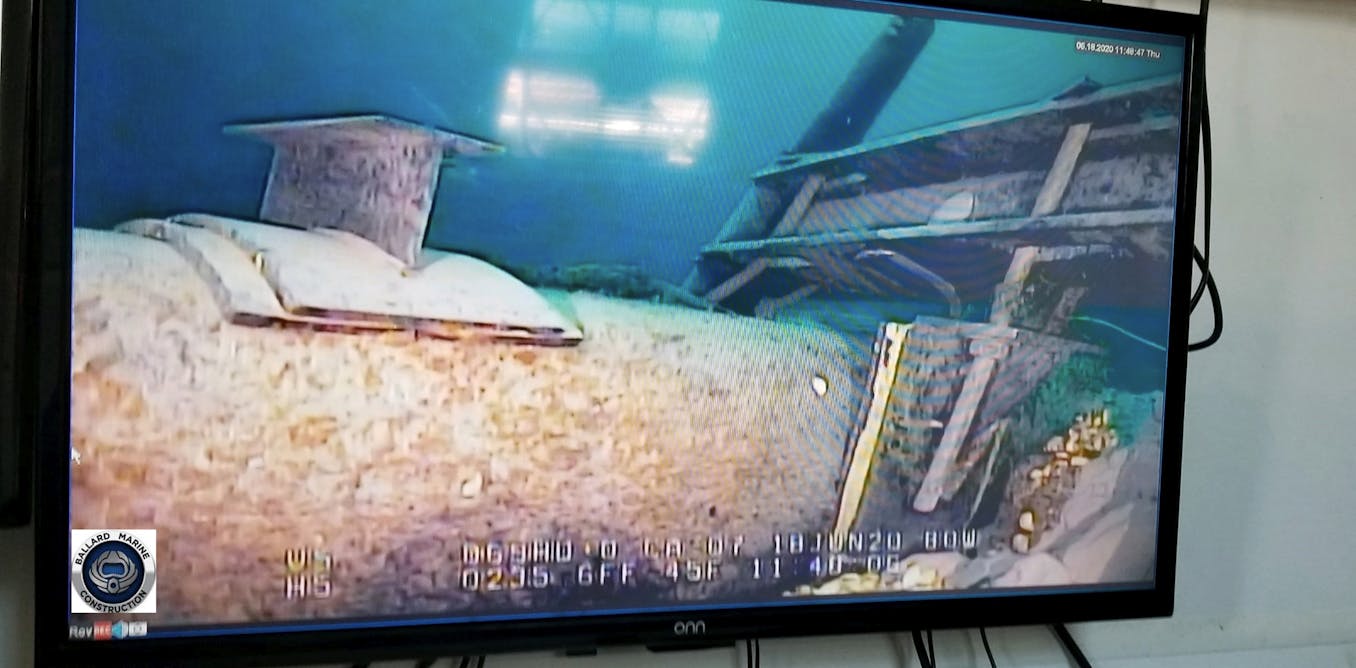At the end of 2025, aircraft manufacturer Embraer will introduce a revolutionary system to automate commercial aircraft’s takeoffs. This advance promises to bring humanity one step closer to autonomous flight.
The development of commercial and military aviation has advanced exponentially since its inception. As of today, modern aircraft can perform a number of key tasks in an automated fashion. But none is capable of carrying out an autonomous takeoff; until now.
The company has developed a word-1st software named “Enhanced Takeoff System (E2TS),” which will allow E2 aircraft to implement auto takeoffs. Of course, pilots will supervise this process and intervene if needed.
According to Luis Carlos Affonso, Embraer’s Vice President of Engineering and Technology Development, his company has taken three years of hard work to upgrade the existing flight control system.
Affonso says that the implementation of the E2TS program can lower the costs per seat for the E195-E2 by up to 4 percent compared to its direct competitor the Airbus A220-300.
How Does it Work?
The E2TS will have the ability to skillfully “rotate the airplane” to its maximum capacity while avoiding a tail strike.
But what does “rotate an airplane” mean? We’ve all seen it in movies and felt it when we fly. This maneuver takes place during takeoffs when the pilot raises the nose of the airplane upon reaching the takeoff speed (VR).
This process can result in the tail hitting the ground, a “tail strike.” With this new software, this issue would be eliminated. Another perk is that it will continue working even if the engine fails.
Pilots will only need to correct the direction of the pedals but not in all cases. But beyond that, they will only need to activate the autothrottle and autopilot to complete the process.
“The only thing that changes is that pilots do not rotate the aircraft themselves,” Affonso clarified.
How Does It Change the Aviation Industry?
This new development is expected to increase the safety and efficiency of takeoffs, especially on short runways.
Automating this process means an increase in flight range of up to 500nm. This is especially positive for hubs such as London City Airport (LCY), which has a shorter runway than its competitors. Small airports often have the same challenge.
Advantages:
- Increased safety during the “climb thrust” and “rotation,” which…
Read full article: Fully Autonomous Commercial Flights: A Soon-to-Be Reality?

The post “Fully Autonomous Commercial Flights: A Soon-to-Be Reality?” by Maria Valencia was published on 08/03/2024 by www.travelinglifestyle.net







































Leave a Reply